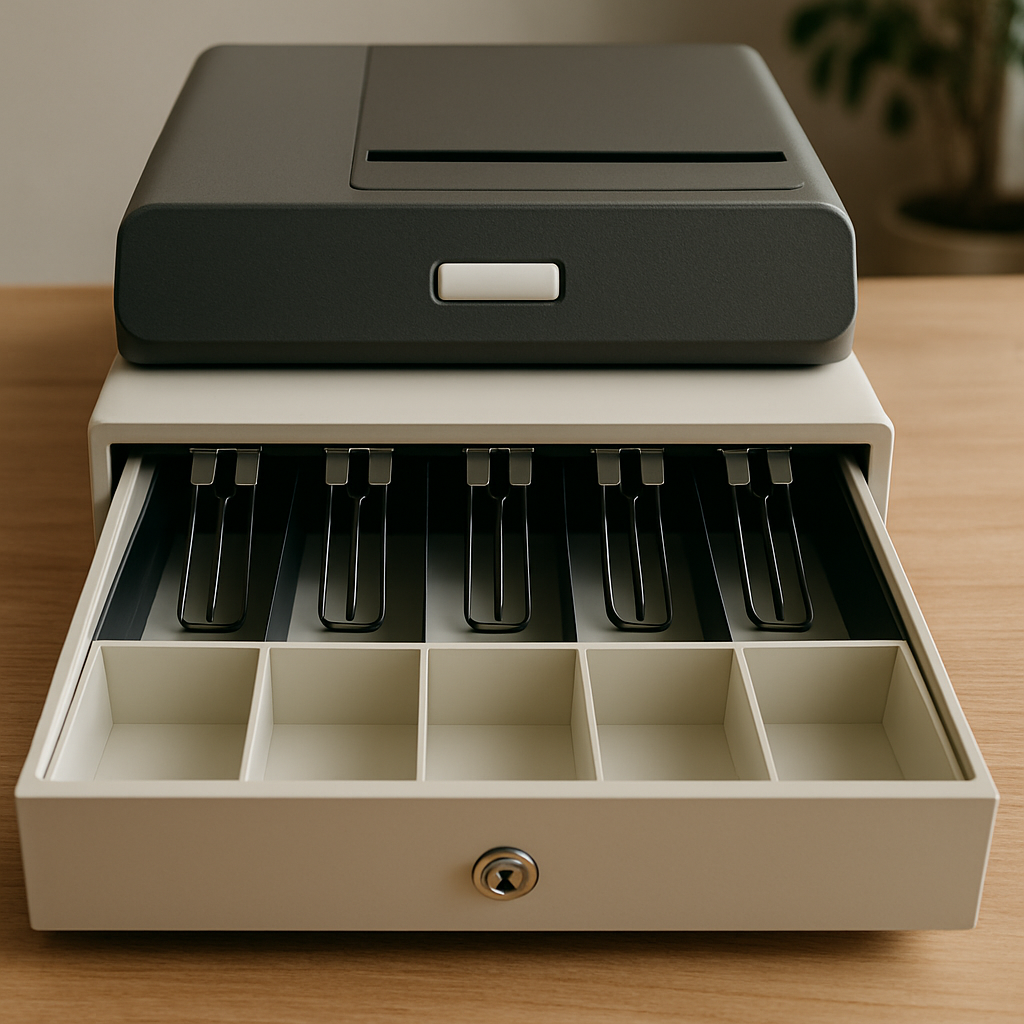Cash Flow: The Lifeblood of a Business (and How to Spot Trouble Before It Smells Funny)
A business that looks profitable on paper but can't pay staff on Friday? That's a cash flow catastrophe. Here's how to spot trouble early.

Here's a scenario that happens more often than you'd think: A business shows €50,000 profit on paper, but the owner is scrambling to pay the €3,000 weekly payroll. How is this possible? Welcome to the wonderful world of cash flow.
The Brutal Truth
Profit doesn't pay the bills—cash does. You can be profitable on paper and still go bust if you run out of cash. It's like having a full tank of petrol but no engine—looks good, won't get you anywhere.
💧 What is Cash Flow, Really?
Cash flow is simple: it's the actual money moving in and out of the business bank account. Not promises to pay, not invoices sent—actual cash that you can spend on rent, salaries, and keeping the lights on.
💰 Cash In
- • Customer payments (when they actually pay)
- • Cash sales
- • Loan proceeds
- • Asset sales
💸 Cash Out
- • Supplier payments
- • Payroll
- • Rent and utilities
- • Loan repayments
- • Tax payments
🚨 Red Flags: How to Spot Cash Flow Trouble
⚠️ Warning Signs to Watch For
- Slow-paying customers: If 60+ day invoices are normal, cash is always tight
- Seasonal business: Makes all money in 3 months, struggles the other 9
- High inventory: Money tied up in stock that's not moving
- Growing too fast: More sales = more cash needed upfront
🔍 Questions Every Buyer Should Ask
- "What are your payment terms with customers?" 30 days is normal, 90+ days is a red flag.
- "How much cash do you keep in the bank?" Should be enough to cover 2-3 months of expenses.
- "When do you pay suppliers?" If they're stretching payments, cash is tight.
- "What's your busiest and quietest month?" Seasonal swings can kill cash flow.
- "Have you ever had to delay paying staff or suppliers?" If yes, dig deeper.
📊 The Cash Flow Statement: Your New Best Friend
Don't just look at the P&L—demand to see the cash flow statement. It shows you exactly when money comes in and goes out. Look for:
✅ Good Signs
- Positive cash flow most months
- Cash balance growing over time
- Customers pay within 30-45 days
- Predictable monthly patterns
🚨 Danger Signs
- Negative cash flow for months
- Cash balance declining steadily
- Customers taking 60+ days to pay
- Wild swings month to month
💡 The Smell Test
Sometimes you don't need spreadsheets—just use your nose:
- 🏢 Visit the premises: Are suppliers calling for payment? Staff looking worried?
- 📞 Talk to key customers: Are they happy with service? Paying on time?
- 🤝 Meet the team: High staff turnover often means payroll problems
- 📋 Check supplier relationships: Are they on credit hold? Demanding cash upfront?
🎯 Bottom Line
Cash flow problems kill more businesses than lack of profit. A business can survive being unprofitable for a while—it cannot survive running out of cash.
💰 Next in Money Talks: Understanding Projections—how to separate realistic forecasts from wishful thinking (and why sellers always think next year will be their best year yet).
Tags:
Continue Your Financial Education
How to Read a P&L Without Falling Asleep
Most first-time buyers open a P&L statement and feel like they've been handed a page from The Matrix...
Hidden Costs and What Sellers Often 'Forget' to Mention
When selling a car, you polish the wheels and forget the dodgy clutch. Selling a business? Same idea...